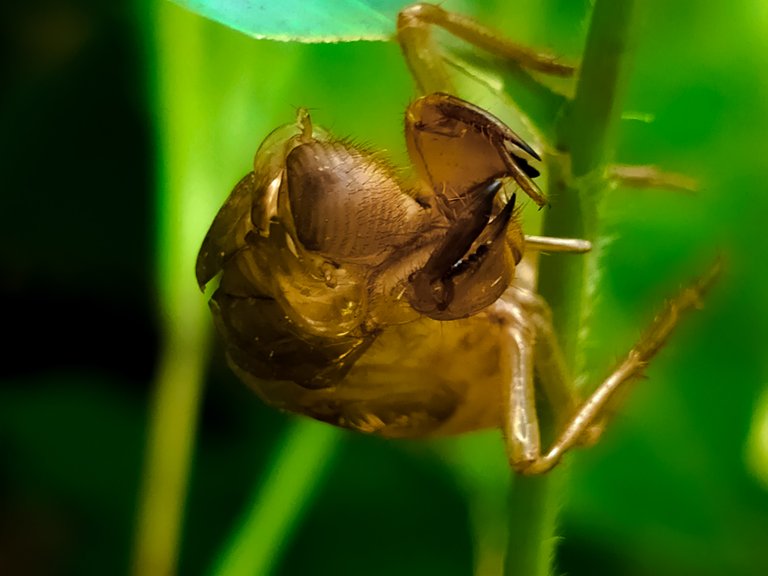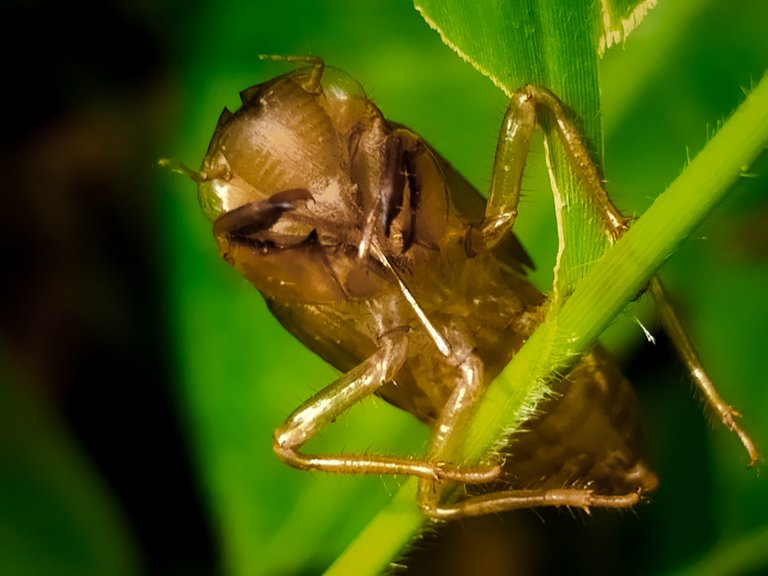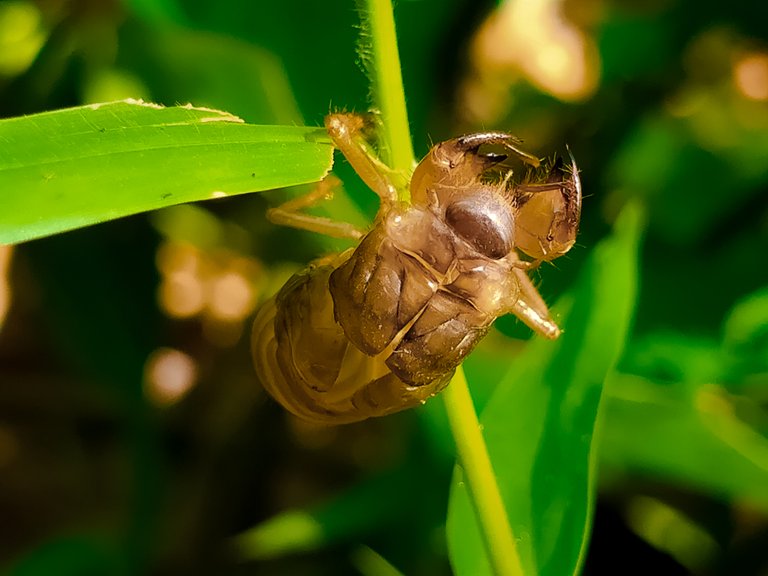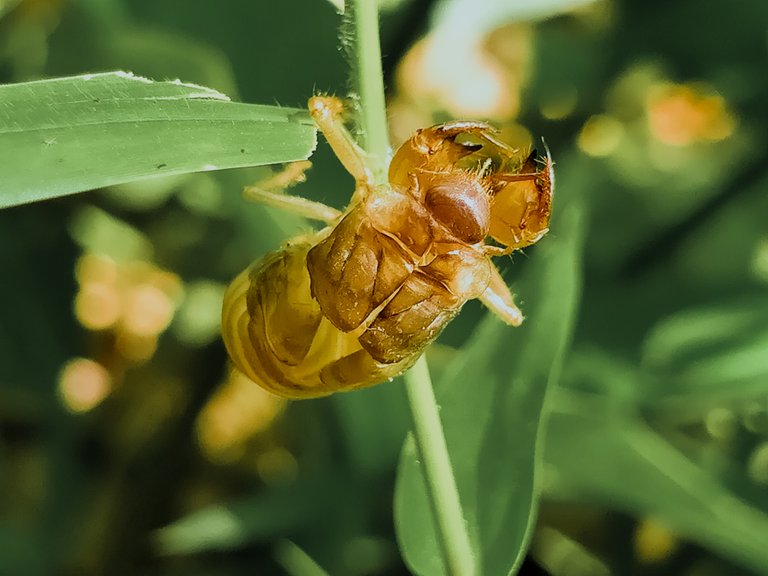| Latin Name | Observation date | Location |
|---|---|---|
| Subfamily Cicadinae | September 29 2024 | Buket Alue Puteh, Aceh, Indonesia |

The Cicadinae subfamily is an interesting group of insects, known as cicadas or night beetles, these insects belong to the order Himeptera and are often the center of attention because of the distinctive sound produced by the males during the mating season, maybe up to now we often think that the noise is made from the mouth of birds and even humans, oopPps you are wrong, the sound comes through an organ known as the tymbal, although these sounds are very noisy, but sometimes in the distance it is like a beautiful melody, as far as my experience goes, there are several species of cicada which is capable of producing very high pitched sounds.
cicadae have interesting physical characteristics, they usually have a stocky body with large eyes located on the sides of the head, while their transparent and wide wings give them unique flying abilities, the size and color of cicadas vary greatly from brown to brown. , black and green leaves, and these unique body colors are often used by cicadas for camouflage so that they are safe from being hunted by predators in the wild, even though cicadas have many varied body colors, they are still easy to recognize, especially when they fly, you will hear the characteristic sound of flapping wings and it can be confirmed that the cicada is dancing in the air and more precisely above your head.
from several records that I have read, it is clear that cicada habitats are very diverse, from dense forests to open areas such as gardens and fields, cicadas spend most of their lives as nymphs living underground, and several theories state that cicadas are able to live under up to 5 years, during this nymph phase the cicada sucks sap from various plant roots, the vibrations of the plant roots help them to survive and grow underground, and when the time comes, the nymphs will emerge to the surface by changing their skin. and becomes an adult cicada, so, the portrait that I am sharing with you today is of Cicada skin resulting from the process of changing skin from a nymph to an adult cicada.





| Camera used | smartphone |
|---|---|
| Lens | Macro |
| Photography | Subfamily Cicadinae |
| Location | Buket Alue Puteh |
| Photographer | @lightofhope |
| Link to original | community |
|---|---|
| Link | https://www.inaturalist.org/observations/244666033 |
| Latitude Longitude | Map | |
|---|---|---|
| =5.080479 | =97.46383 | https://www.openstreetmap.org/?mlat=5.0804793232&mlon=97.4638302997 |



